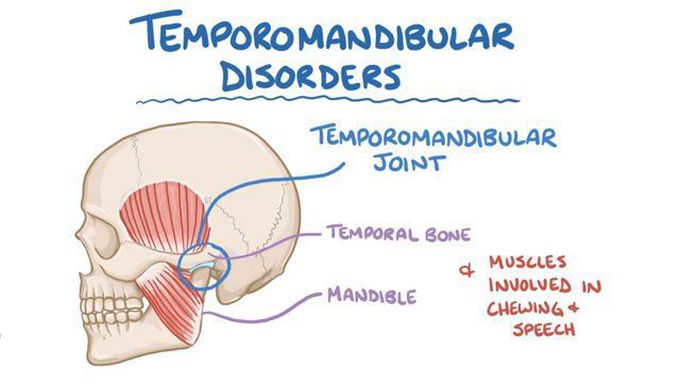

Iqraalmost 2 years ago

Cause of TMJ pain Disorders
The temporomandibular joint combines a hinge action with sliding motions. The parts of the bones that interact in the joint are covered with cartilage and are separated by a small shock-absorbing disk, which normally keeps the movement smooth. Painful TMJ disorders can occur if: The disk erodes or moves out of its proper alignment The joint's cartilage is damaged by arthritis The joint is damaged by a blow or other impact In many cases, however, the cause of TMJ disorders isn't clear.
Other commentsSign in to post comments. You don't have an account? Sign up now!

